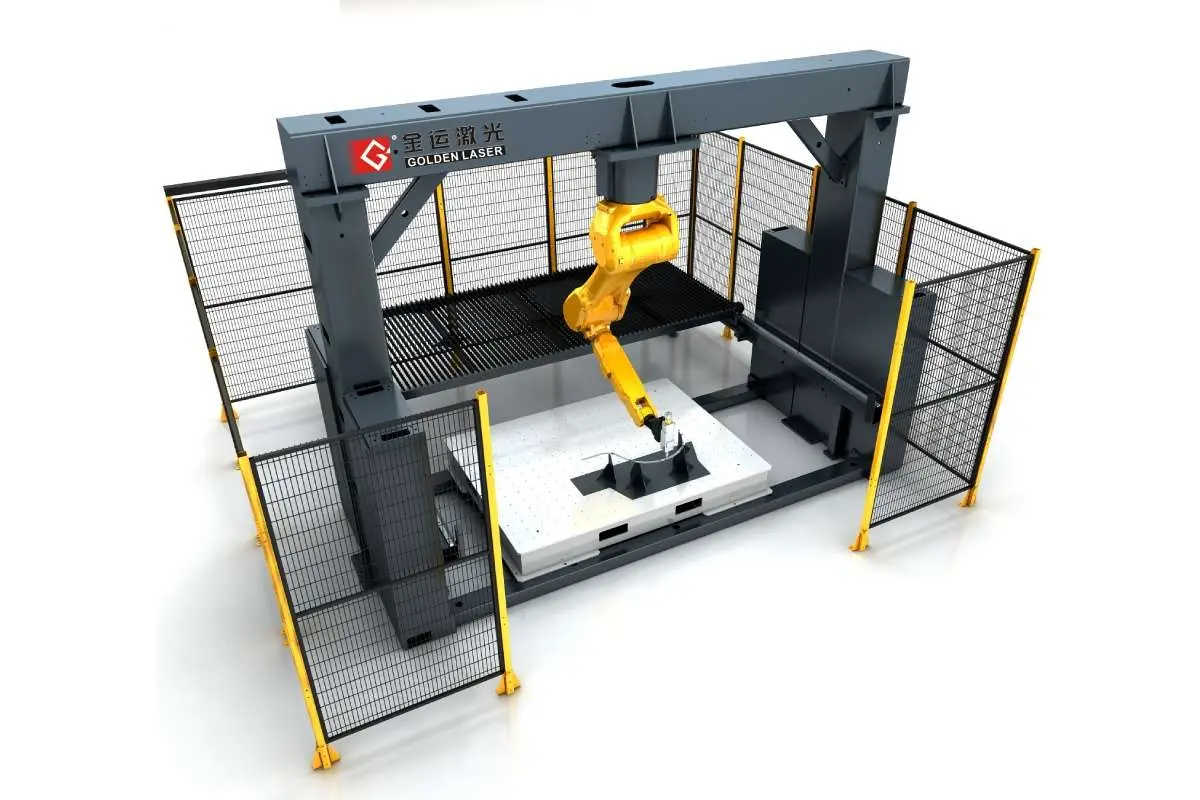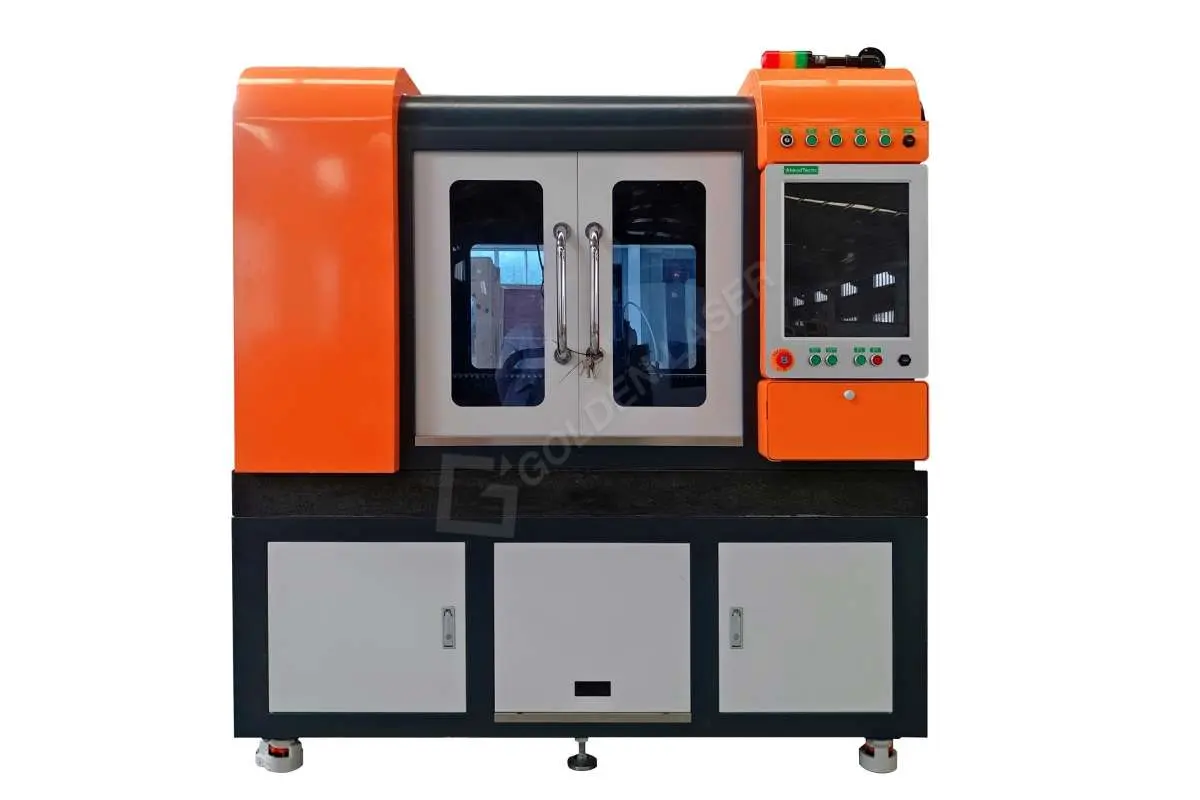
Exploring the Innovations and Market Trends of Plate Cutting Machine Manufacturers in the Manufacturing Industry
In today’s fast-paced manufacturing environment, precision and efficiency are crucial to maintaining competitive advantages. One of the key players in this landscape is the plate cutting machine, a vital tool used in various industries ranging from aerospace to shipbuilding. As businesses across the globe strive to enhance their production capabilities, the demand for advanced and reliable plate cutting machine manufacturers has surged. This article delves into the latest innovations, market trends, and the future of plate cutting machine manufacturing, emphasizing the critical role these machines play in modern manufacturing processes.
**Understanding Plate Cutting Machines**
Plate cutting machines are designed to cut large sheets of metal into smaller parts with high accuracy. The technology behind these machines has evolved significantly over the years, moving from manual operations to advanced CNC (Computer Numerical Control) systems. These machines can utilize various cutting methods, including plasma cutting, laser cutting, and waterjet cutting, allowing manufacturers to choose the best method suited for their specific application.
**The Importance of Plate Cutting Machine Manufacturers**
The role of plate cutting machine manufacturers cannot be overstated. These manufacturers are at the forefront of technological advancement, continually innovating to meet the changing needs of their clients. They produce machines that not only enhance cutting capabilities but also improve efficiency, reduce waste, and lower operational costs. The commitment to research and development allows these manufacturers to introduce cutting-edge features such as automatic material handling, enhanced software interfaces, and improved energy efficiency.
As the demand for customized solutions grows, many plate cutting machine manufacturers have started to offer specialized machines tailored to specific industries. This trend reflects a broader shift in manufacturing, where businesses are looking for equipment that can handle unique materials or cutting challenges, thereby emphasizing the importance of flexible and adaptable manufacturing solutions.

Exploring the Innovations and Market Trends of Plate Cutting Machine Manufacturers in the Manufacturing Industry
**Emerging Trends in the Plate Cutting Machine Industry**
1. **Automation and Smart Technology**: One of the most significant trends in the plate cutting machine market is the integration of automation. With the rise of smart factories and Industry 4.0, manufacturers are increasingly incorporating IoT (Internet of Things) and AI (Artificial Intelligence) into their cutting machines. These technologies enable real-time monitoring, predictive maintenance, and advanced data analytics, which help in optimizing cutting operations.

Exploring the Innovations and Market Trends of Plate Cutting Machine Manufacturers in the Manufacturing Industry
2. **Sustainability**: The manufacturing industry is under immense pressure to reduce its environmental footprint. Plate cutting machine manufacturers are responding to this demand by developing machines that minimize waste and utilize eco-friendly cutting methods. Waterjet cutting and laser cutting, in particular, are gaining popularity due to their precision and lower residue production, making them more environmentally sustainable options.
3. **Customization**: As mentioned, the ability to customize is becoming increasingly important. Many manufacturers are now offering customizable features such as adjustable cutting speeds, thickness settings, and software for specific applications. This trend allows businesses to tailor their machines to fit their unique operational needs, resulting in enhanced performance and productivity.
4. **Globalization and Supply Chain Optimization**: The plate cutting machine manufacturing sector is becoming more globalized, with manufacturers expanding their reach to emerging markets. This trend is driven by the need for suppliers to optimize their supply chains and reduce costs. Manufacturers are increasingly setting up production facilities in regions where demand is high, thus improving their ability to serve diverse markets.
**Challenges Facing Plate Cutting Machine Manufacturers**
While the plate cutting machine market is growing, manufacturers also face various challenges. Competition is intense, with numerous players in the industry vying for market share. Additionally, rapid technological changes require manufacturers to invest heavily in R&D to stay ahead. Supply chain disruptions, as highlighted by recent global events, pose further risks, compelling manufacturers to rethink their sourcing and production strategies.
**Conclusion**
Plate cutting machine manufacturers are a vital component of the modern manufacturing landscape. As technology continues to evolve, these companies must adapt to meet industry demands for precision, efficiency, and sustainability. By embracing automation, customization, and smart technology, plate cutting machine manufacturers not only enhance their own capabilities but also empower businesses across various sectors to achieve their production goals. As the industry continues to grow and adapt, it remains crucial for manufacturers to remain innovative and responsive to the challenges and opportunities that lie ahead. Metal Panel Laser Cutter For Metal Furniture



